Last summer, Dawn Paquin, a working mother of two sons, wrote a $4 check for coffee for herself and a friend. That check turned out be a big mistake, tipping her account below the required minimum, resulting in a $100 overdraft fee. As a part-time worker and mother, she couldn’t spare the $100. Dawn’s “resentment about banks” built up after that, and she refused to keep a traditional checking account. Instead, she started putting all of her money onto Wal-Mart’s reloadable prepaid debit card: a MoneyCard.
For people with low incomes, prepaid debit cards have become increasingly popular, earning a reputation as a low-risk, low-fee option. Account holders can avoid bank and check-cashing fees, as well as the risk of debt—when funds on the card run out, it simply stops working. Plus, freed from many of the restraints applied to traditional financial institutions, corporations are now able to turn them into something that more closely resembles the lottery than a bank.
Wal-Mart launched its Prize Savings program last year in response to consumer trends research that found its customer base, like many Americans, didn’t maintain savings accounts to help them prepare for unexpected expenses. Company executive Daniel Eckert based the idea on a behavioral economics study, which found that giving people the opportunity to win money encourages them to save even more.
The Prize Savings process is pretty simple, incentivizing users to save by offering them the chance to win if they tuckmoney away in something called a “Vault”: When loading money on their card via the app or website, users can also allocate sums that can’t be spent (hence that vault moniker). For every dollar stashed per month, users gain a prize entry to win one of 500 cash rewards of up to $1,000.
[quote position="full" is_quote="true"]For the 100 million Americans who shop there every week, will Wal-Mart be the next big bank in the United States?[/quote]
This is the same psychological effect that makes the lottery so successful, offering optimism to those who have little. Americans spend about $70 billion on lottery tickets every year, many of whom come from households making less than $25,000 a year. Dr. Hersh Shefrin, a pioneer in the field of behavioral finance, says that low-income Americans view the lottery as “the only route they see that offers them a chance of escaping being trapped by poverty. It lets them dream while they wait to escape. It buys hope.”
For Dawn, her hope turned into reality in January, when she was rewarded with a $1,000 cash prize—more money in her savings than she’s had in a very long time. She isn’t alone, either. After Wal-Mart introduced the Prize Savings program, approximately 100,000 users had stored money in their vaults—a 130 percent increase since August 2016.
Wal-Mart executives insist that they are looking out for the needs of customers like Dawn, though at least one winner of the $1,000 prize told NPR that she plans to spend all of that money back at Wal-Mart (users can transfer funds from their Vault to their available balance). As the MoneyCard turns the superstore into even more of a one-stop destination for the 100 million Americans who shop there every week, will Wal-Mart become the next big bank in the United States?
Certainly, Wal-Mart has figured out how to take advantage of behavioral economics to entice customers in a way that banks simply haven’t. It surely helps that Wal-Mart is one of the most familiar institutions in the country—with 90 percent of Americans living within 15 miles of one. When faith in banks was at a low during the Great Recession, Wal-Mart’s earnings did not decline. “Familiarity and positive experiences breed trust and comfort,” Shefrin says. So it’s not surprising then that Americans are turning to Wal-Mart for financial services too.
[quote position="full" is_quote="true"]After Wal-Mart introduced the Prize Savings feature, 100,000 people had money in their Vaults—a 130 percent increase in users who stashed.[/quote]
Today, mistrust in banks is one factor leading to a growing population of “underbanked” citizens—seven percent of Americans have no bank account, and 20 percent turn to services like check cashing, money transfers, payday loans, and pawnshops, even if they hold a traditional bank account.
MoneyCard, like other untraditional financial services, caters to those who find traditional banking jargon confusing by avoiding complex language and fine print. Dale Hartley of Psychology Today says this approach works because it appeals to Wal-Mart’s target market:
“Imagine appealing to unbanked customers with: ‘Why not open your money market account today?’ They might fear being turned down upon applying for the account. They might not know what a money market is. But what if I can ‘stash’ five bucks in my ‘vault’ (it will be there if I need it), and get five chances to win $1,000?”
Ultimately, Dr. Shefrin explains, the MoneyCard offers both “downside protection and upside potential.” Investors, he says, are motivated by fear and hope. “If the fear relates to possible loss of principal, they seek downside protection, like money in the vault,” he says. On the flip side, investors with high aspirations “need to feel that they have a chance of hitting the proverbial baseball out of the park.”
Dr. Shefrin also advises that it’s “always wise to remember that you never know from where surprises come.” The biggest surprise here isn’t that some of the money in account holder’s Vaults ends up contributing to Wal-Mart’s bottom-line, nor is it that a few customers actually do score a $1000 prize. Also not a surprise: Like many similar programs, a MoneyCard isn’t fee-free, won’t earn its users interest, or build them a credit history—plus, its technical system has broken down at least once last year, denying users access to their funds. The biggest surprise is that, despite all that could go wrong, Wal-Mart’s attempt to trick people into saving money might actually be working.



















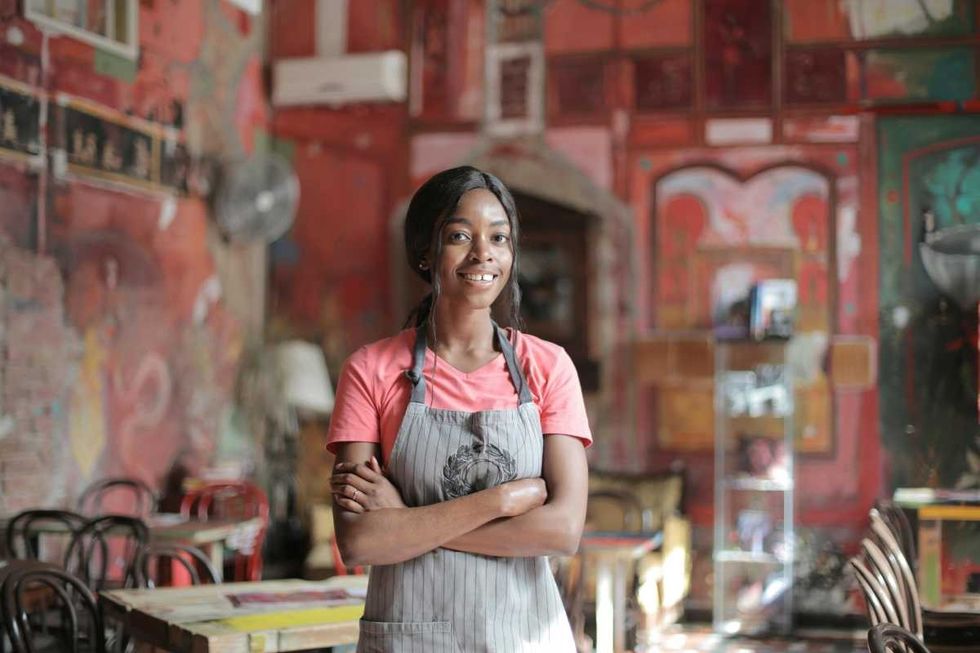 Representative Image Source: Pexels | Olly
Representative Image Source: Pexels | Olly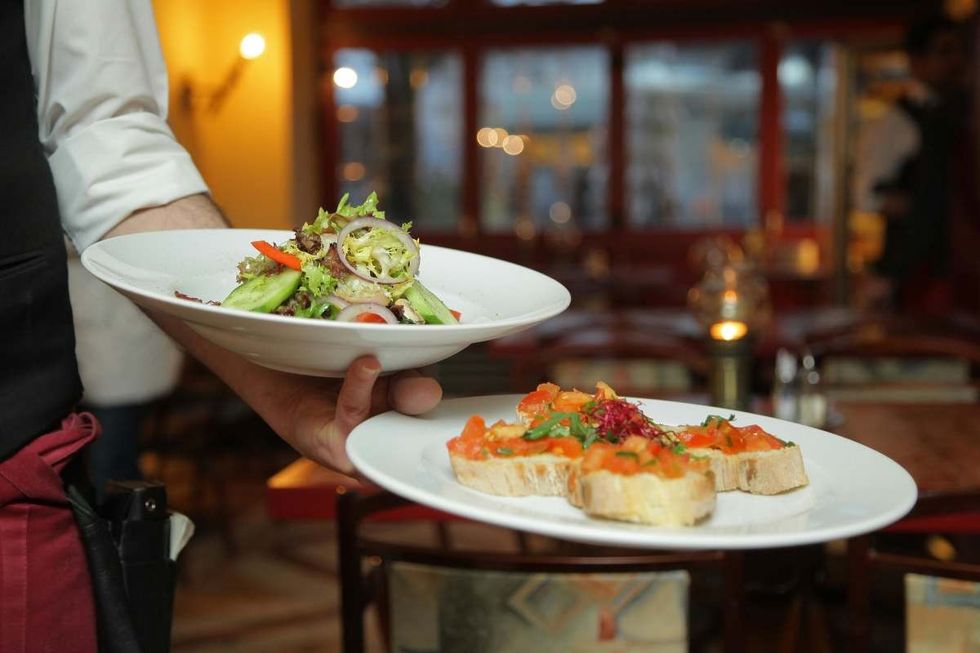 Representative Image Source: Pexels | Pixabay
Representative Image Source: Pexels | Pixabay Representative Image Source: Pexels | Cottonbro
Representative Image Source: Pexels | Cottonbro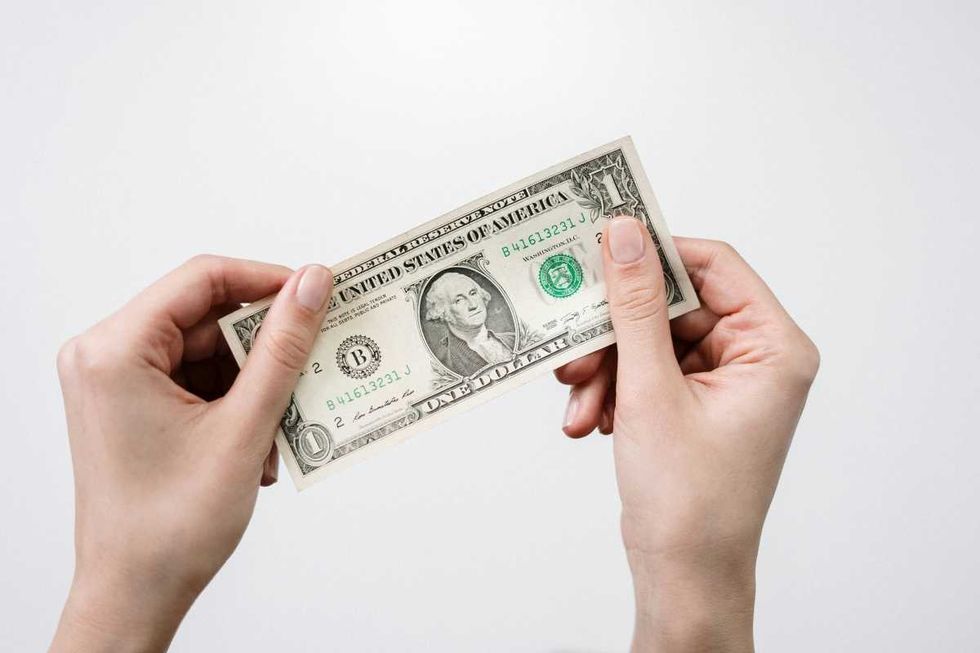 Representative Image Source: Pexels | Cottonbro
Representative Image Source: Pexels | Cottonbro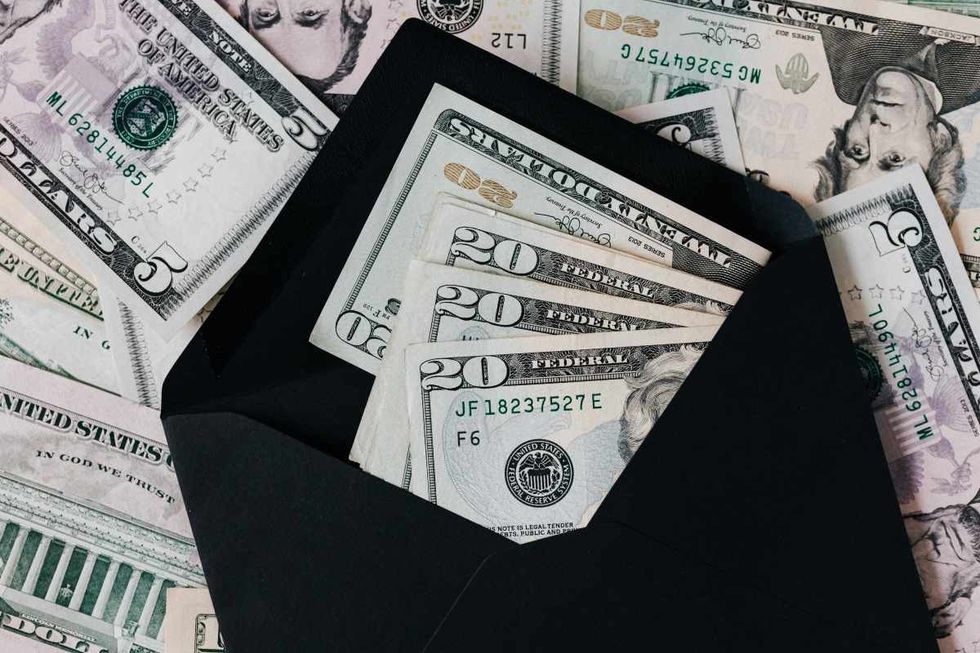 Representative Image Source: Pexels | Karolina Grabowska
Representative Image Source: Pexels | Karolina Grabowska Representative Image Source: Pexels | Jonathan Borba
Representative Image Source: Pexels | Jonathan Borba Image Source: Reddit |
Image Source: Reddit |  Image Source: Reddit |
Image Source: Reddit |  Image Source: Reddit |
Image Source: Reddit | 
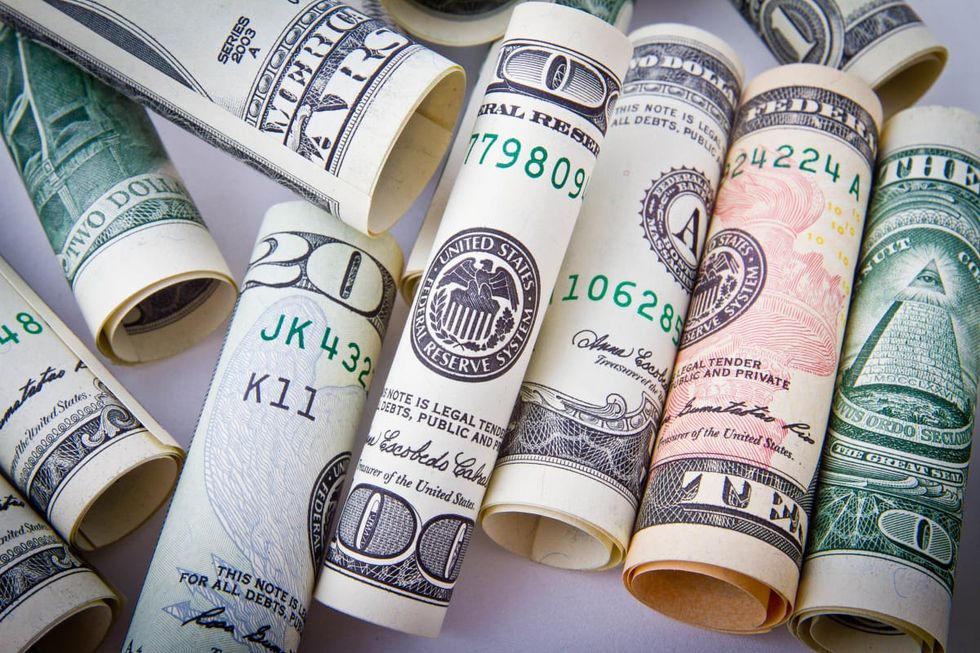 Representative Image Source: Pexels | Pixabay
Representative Image Source: Pexels | Pixabay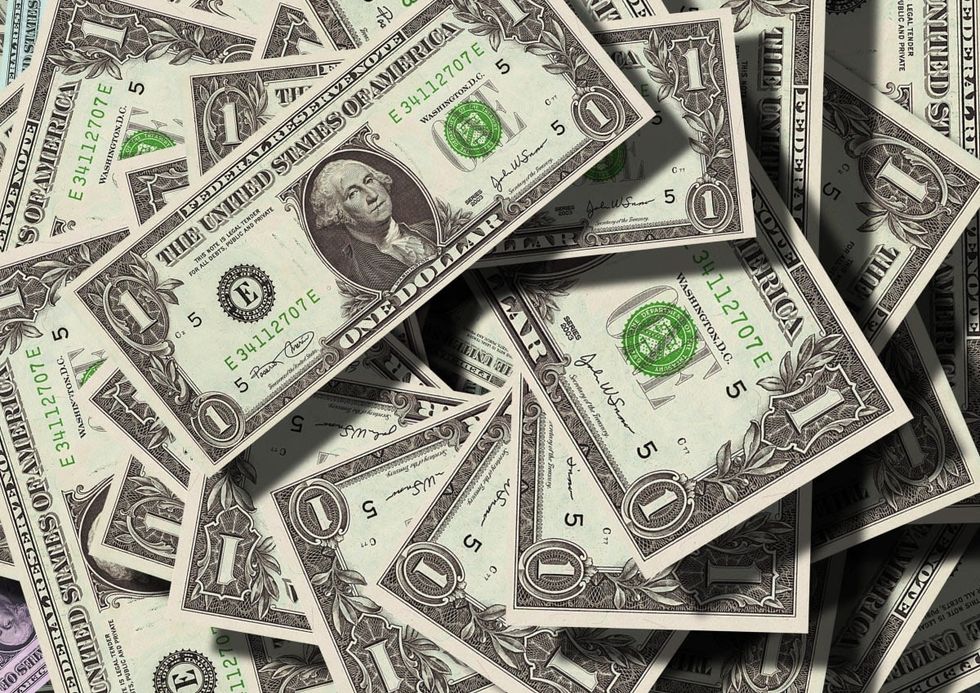 Representative Image Source: Pexels | Pixabay
Representative Image Source: Pexels | Pixabay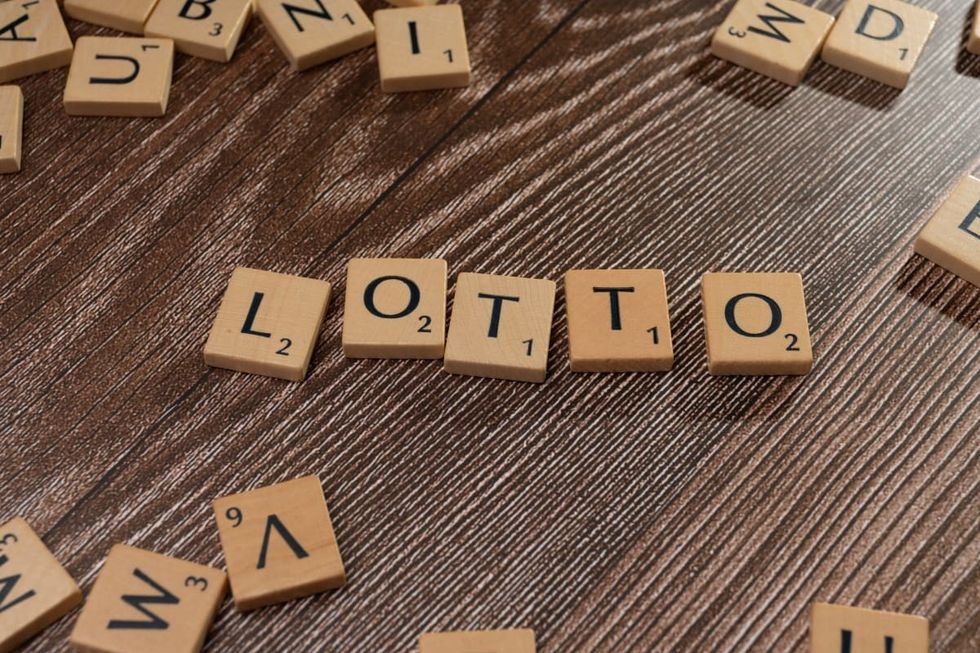 Representative Image Source: Pexels | markus winkler
Representative Image Source: Pexels | markus winkler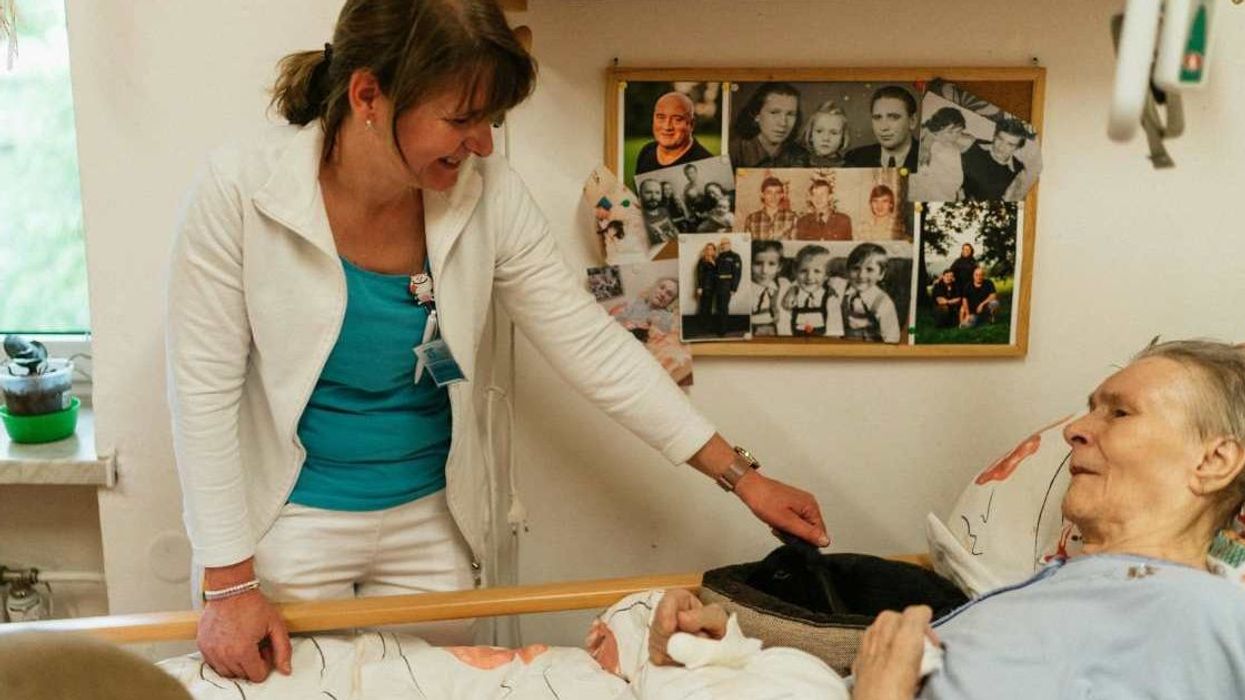
 Representative Image Source: Pexels | Shvets Production
Representative Image Source: Pexels | Shvets Production Representative Image Source: Pexels | Oleksandr P
Representative Image Source: Pexels | Oleksandr P Representative Image Source: Pexels | Photo by Spencer Selover
Representative Image Source: Pexels | Photo by Spencer Selover Representative Image Source: Pexels | JSME Mila
Representative Image Source: Pexels | JSME Mila
 Representative Image Source: Wellington boots in a row in hallway (Getty Images)
Representative Image Source: Wellington boots in a row in hallway (Getty Images)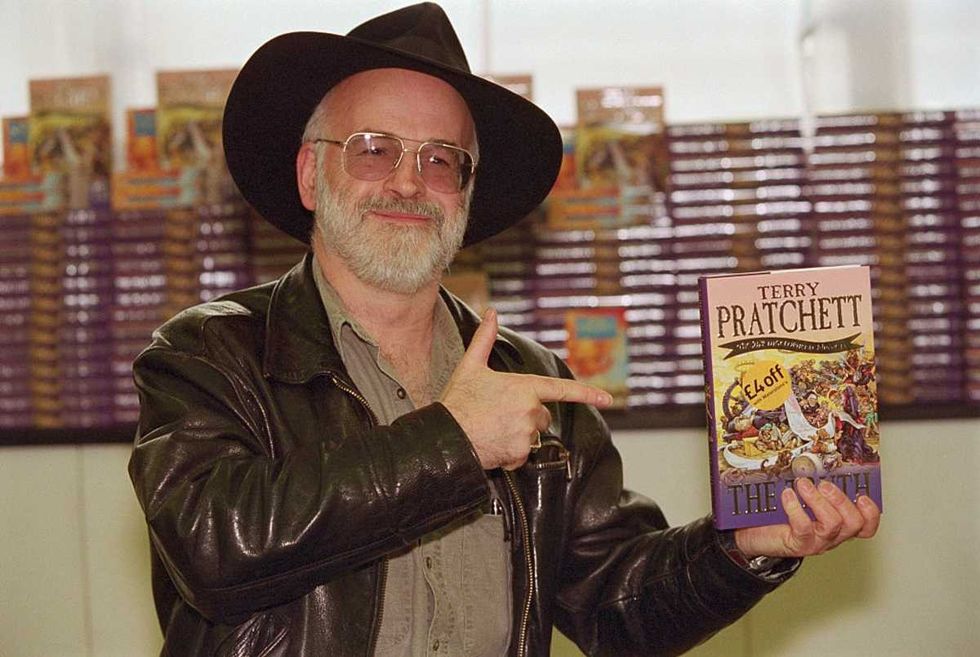 Image Source: Writer Terry Pratchett Pointing to His Book (Photo by Rune Hellestad/CORBIS/Corbis via Getty Images)
Image Source: Writer Terry Pratchett Pointing to His Book (Photo by Rune Hellestad/CORBIS/Corbis via Getty Images)
 Representative Image Source: Pexels| RDNE Stock Project
Representative Image Source: Pexels| RDNE Stock Project Representative Image Source: Pexels| Satoshi Hirayama
Representative Image Source: Pexels| Satoshi Hirayama Image Source: TikTok|
Image Source: TikTok| Image Source: TikTok|
Image Source: TikTok|